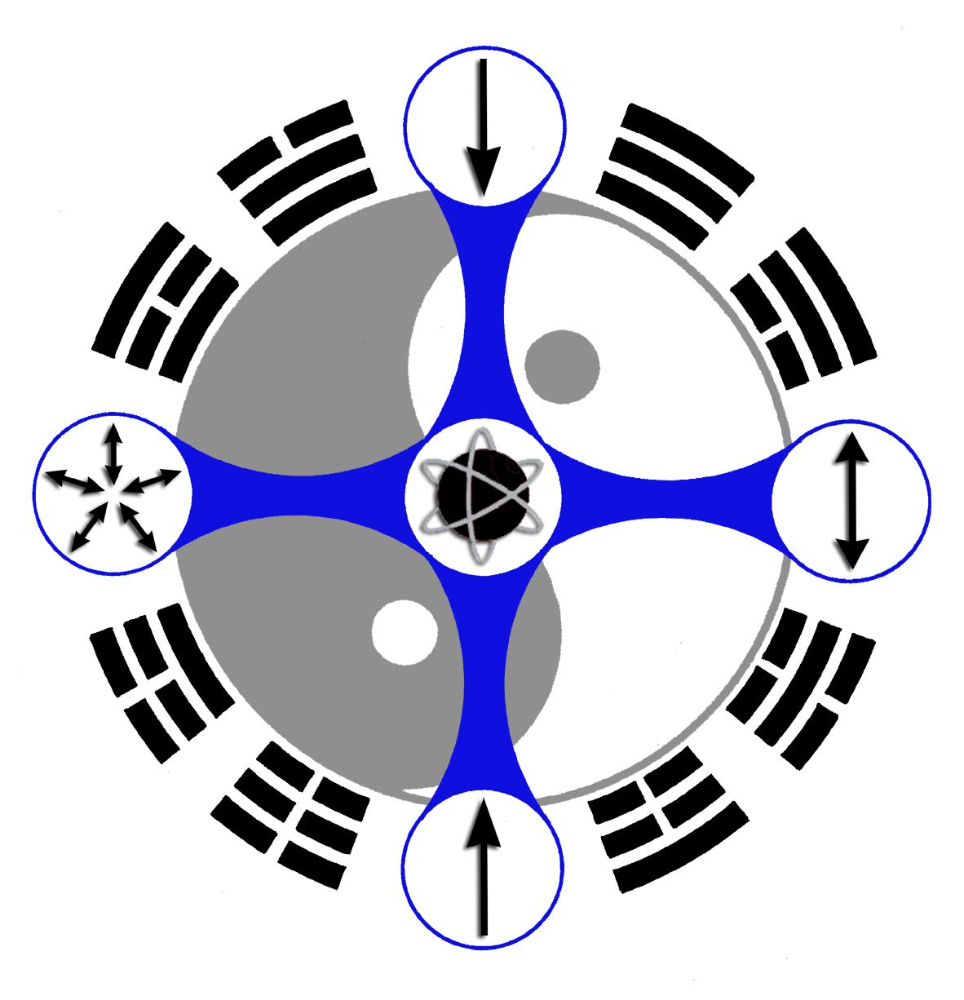Medical Qigong: How to Get a Handle on Your Qigong Practice (Part 1 of 5)
Sep 12, 2024
By Paul Cavel
The two most popular questions I get asked by new students in a qigong class, hands down, are:
What do I do with my breathing?
What do I do with my qi? Or how do I get access to my qi?
I’d really like to answer these questions. After all, this is the stuff that makes internal arts training truly unique. But the fact of the matter is, it’s not qi flow or even your breathing that will help you get a handle on qigong.
Softness & Accuracy
Instead, the primary focus of early qigong training has to be on learning and practising the physical movements with a good degree of softness and accuracy. Qigong systems are designed to release progressively deeper layers of bound and stuck tissues, as well as the stagnancies these tissues contain. This unwinding process doesn’t happen overnight and, until some degree of tension is released from your body, your ability to breathe well — much less feel and move qi — will be greatly inhibited.
So my standard response is: Let your breathing and your qi do what they will while you grow your capacity to feel and move your body in ways that promote relaxation, letting go and peace of mind. Once you have shed enough tension from training the form movements of a qigong set reasonably well, you can begin to focus on breathing, energetics and a whole lot more.
Medical Qigong
Early practice of neigong usually starts with performing movements accurately, opening up the body and then sinking into deep relaxation over time. Dragon and Tiger Medical Qigong begins with moving the body as softly as possible, developing flow and sensitising your body to feel qi. Then you focus on nailing the precision while maintain the softness you have developed.
Dragon and Tiger also joins the breath work with specific energetic flows in each of the seven movements quite early on in the training; whereas specific breathing patterns do not usually come into play until much later, in Heaven and Earth Qigong of the Five Element neigong system. For this reason, Dragon and Tiger can become an effective vehicle for fusing your breathing, qi and intent into one continuum. This integration can become a driving force of your practice, allowing you to develop momentum and copious amounts of qi while you’re at it.
With all that in mind, I’ll have forthcoming articles on Dragon and Tiger and how it fits into the neigong system. My aim is to shed light on how to cultivate your energy at each stage of practice to progressively heal imbalances and traumas, become healthier, and grow your capacity in body, mind and qi.
See Part 2 on the three phases of developing qi.
Join a course — online or in person — to learn how the Water Method can help you overcome physical, energetic, emotional and mental traumas, to become stronger and feel more alive!

